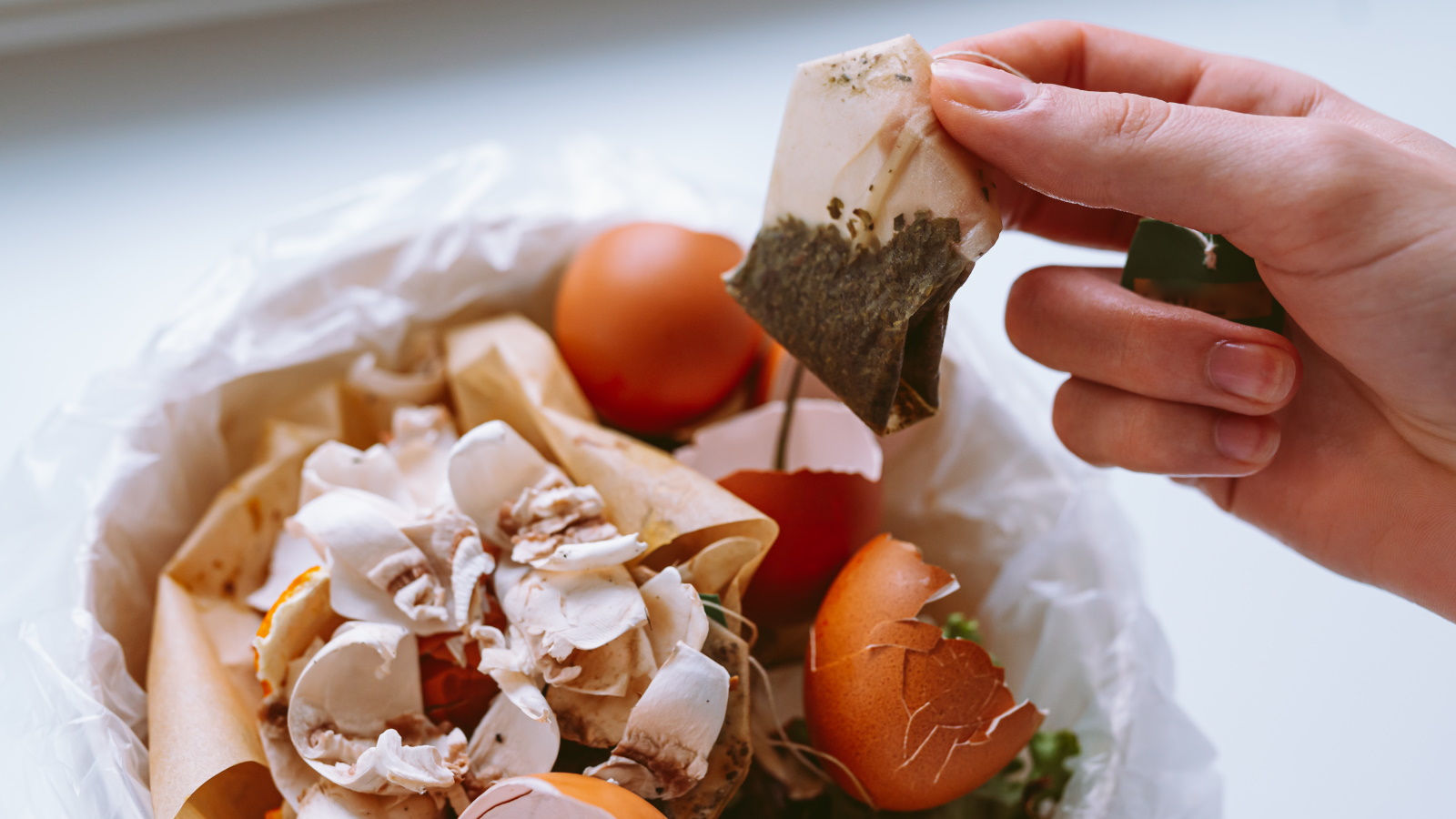For a Yankee in the South, everything about the environment scares you off. Heat. Humidity.
Flying termite season (seriously, it’s a thing). But this cold-and-snow-loving Northerner braved the bugs recently, in part, to get away — physically and mentally — from a divorce. As amicable and respectful as our divorce was, it still felt like a sort of spiritual death.

The end of a life, if not my own life. So I ate, prayed, loved my way down to visit good friends in the Gulf Coast town of Bay Saint Louis, Miss. I left with a crush on a special tree — and this week that includes Easter Sunday, Earth Day and Arbor Day seems like a grand time to share why your heart might flutter a little for the southern live oak too.
As I walked to a coffee shop a few blocks from my friends’ place, I saw it. Next to a speed limit sign. A tree branch doing something I’d never seen before.
To the right, I could see a great oak’s school-bus-long branch dip downward — where it had not just touched the ground, but had kept growing and buried itself into the soil. Upon closer inspection, I saw that a whole new trunk had emerged from this same buried woody mass. The sagging branch had given rise to a new tree.
I did what we do nowadays and searched and searched and searched the web to understand what I’d seen. The trees were southern live oak. It appears what I saw was a natural form of “ layering ,” whereby a branch touches the ground and produces adventitious roots driven by hypoxia and the hunt for resources.
That sagging branch never fully “dies” when it hits the ground, but at some point it can cease to be part of its original tree. With new roots, seeks a newer, fuller life, which it finds as a second tree. Zoom out from that amazing branch to the southern live oak — Quercus virginiana — and you can see life itself.
Native to the Southeastern United States, they’re known for their longevity, living beyond a thousand years. A keystone species, southern live oaks host and support many other diverse species including Spanish mosses and little ferns. They sponsor a whole ecosystem in their wide wooden arms.
They’re so sturdy that settlers used to lash themselves to southern live oaks as “ storm trees ” to ride out hurricanes. And the world’s oldest ship still afloat, the USS Constitution, nicknamed “Old Ironsides,” commissioned in 1794 by President George Washington — features a frame made of southern live oak. But it’s less these characteristics than the character of the tree that stands out.
Its shape especially. It’s almost horizontal. It reaches for you, which isn’t what you’re conditioned to expect from a big tree.
Redwoods and the like are skyscrapers, straight and aloof, while southern live oaks spread their branches all around you. It’s as close to a hug from a tree as you can get. (Treehuggers, take note: This is your preferred partner if you’re looking for some leafy action.
) Of the 3 trillion trees on Earth, two southern live oaks in particular stand out to me. The McDonogh Oak in New Orleans’ City Park is more than 800 years old, long enough to reach back to the Magna Carta and Crusades. Hurricane Katrina felled more than 2,000 trees in City Park, but not McDonogh, though the grandfatherly tree now requires crutches to keep its massive limbs aloft.
Head east an hour or so and you’ll find the even-more-striking Friendship Oak on the Gulf campus of the University of Southern Mississippi. It’s old too, at 538 years , so it breathed the same air as Christopher Columbus and the 18 generations of people who’ve lived from its birth until now. The Friendship Oak spreads out with 10 tentacles dipping into and up from the grass like a friendly green-and-grounded Loch Ness monster.
Sometimes we get sidetracked a little with the bunnies and baskets around this time of year. But we can get beyond those a bit to see the beauty and bounty in our everyday biological world. Easter, Earth Day and Arbor Day — all happening in the same week this year, this Sunday, Tuesday and Friday — share a common emphasis on renewal, both spiritual and environmental.
And somewhere in the middle of this milieu is the southern live oak’s process of layering. Heck, even its name includes the word “live.” (That might seem redundant when naming a plant, but these things earn the distinction.
) It’s good now and again to look out and see that our trees are remarkable, not just resources or obstacles or ornaments. They are life itself — a part of our lives, and we are part of theirs. They should give us hope.
Getting home to Colorado, I was greeted by vistas of pine and scrub oak, in time to see the buds opening at the ends of so many twigs. Sure, our local trees aren’t as knock-down impressive as the southern live oak, but their potential and promise is the same: Each pinecone and acorn has a chance to grow its own way into another mighty tree, a thought that gave me a flash of hope. Easter eggs are everywhere, if you know where to look.
ML Cavanaugh is the author of the forthcoming book “Best Scar Wins: How You Can Be More Than You Were Before.” @MLCavanaugh.
Environment

Inspiration from the species that can live 1,000 years and put down a new set of roots anytime

Sometimes we get sidetracked with bunnies and baskets at this time of year. But we can get beyond those to see the beauty and bounty in our everyday biological world.














